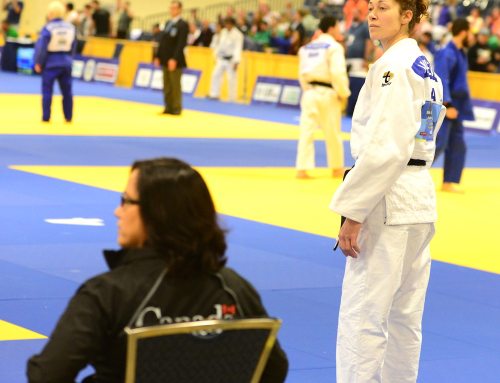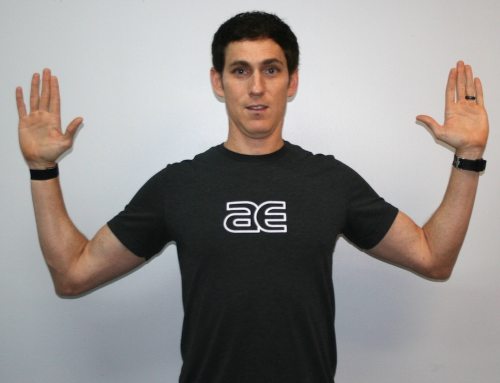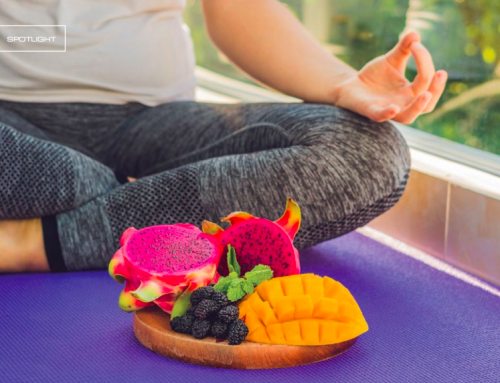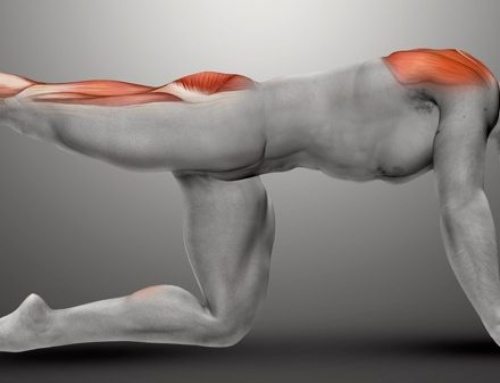By Leslie Morgan
There has been much debate in recent years about the trend toward early specialization in youth sports. Focusing on a single sport from a young age is touted as the road to excellence, to making the top teams, to college scholarships. However, there is mounting evidence that specialization also results in repetitive-use injuries since kids end up using their bodies in the same way day after day, month after month, most of the year.
Arguments can be made for kids to buck the trend of specialization and instead develop a broader and perhaps healthier athleticism that comes from playing multiple sports. In her book “Choice not Chance,” Duke women’s basketball coach Joanne P. McCallie states that she actively recruits multisport athletes specifically because they are less likely to burn out in college. Still, a shift away from early specialization in the competitive world of youth sports isn’t likely to come about any time soon. Kids who make top teams as 9- or 10-year-olds are often encouraged – and sometimes required as a condition for being on the team – to commit to that one sport. The reality is that kids who play a sport at a competitive level AND participate in other sports tend to be ridiculously overscheduled; they’re just demanding more effort from their often overworked young bodies, and still at risk of overuse injuries from their primary sport. For better or worse, it looks like specialization in youth sports is here to stay.
If our young athletes are going to continue down the road of single-sport specialization, how can we help them counter the negative effects of this specialization? My suggestion: yoga. Specifically, Yoga for Athletes, ideally tailored to this younger audience.
How can this brand of yoga (YFA) benefit our most dedicated young athletes?
There are many physical benefits. YFA is focused on developing balance. In young athletes who specialize, most injuries are the result of imbalances in their bodies that develop from doing too much of one type of movement. Athletes in ball sports often develop one side of their bodies differently from the other – their throwing or hitting arm, their dominant leg for kicking. Most athletes develop tightness in areas where they require the greatest strength for their sport – swimmers develop strength across the front of their chest but lack strength across their backs; runners develop tightness in their hips and hamstrings, but inadequately develop muscles that support side-to-side movement. Done correctly, YFA develops balance along all of these dimensions. Balance in space. Balance of strength and flexibility across the body – left to right and front to back. If we can help our young athletes counteract the imbalances that result from their sport, they’ll be less prone to injury.
It’s important to note that YFA is not about developing excessive or gratuitous flexibility. Athletes, coaches, and yoga teachers need to understand that some degree of tightness is required for effective use of the muscles in sports. That tightness is a badge of honor; most kids who are couch potatoes or videogame addicts are plenty flexible: They haven’t developed much strength (except perhaps in their thumbs). The key for our young dedicated athletes is to balance strength with appropriate flexibility.
Finally, YFA should not be competitive. It is not “athletic yoga.” It should not be just another workout piled onto our young athletes’ plates. Instead, it should provide the necessary balance to all the work these kids are doing in their sport-specific training. In addition to creating better balance in the body, YFA should teach young athletes to listen to their bodies (something I personally didn’t learn until I discovered Sage Rountree’s Yoga for Athletes class in my 40s), to use their breath to help with focusing and managing intensity, to understand the importance of rest and recovery so that they can reap the benefits of all of the hard work they do in training for their sport.
My vision for a youth-focused YFA class would bring together young, dedicated athletes from different sports as they work to bring balance into their bodies. A distance runner’s body looks different from that of a swimmer or field hockey player in the same yoga pose. The YFA class would be an opportunity for these young athletes to understand how their bodies are developing due to the demands of their sport, and to observe (and accept!) differences among athletes that result from different body types and demands of different sports. It should also provide an opportunity for these young athletes to bond and develop respect and appreciation for what their peers in other sports are doing – hearing about other young athletes’ tough practices, good and bad coaches, and intense competitions allows kids to see beyond their own limited set of experiences.
# # #
Leslie Morgan can be found on the move in and around Chapel Hill – running, biking, playing tennis or kickball, and driving her kids all over creation for their sports and other endeavors. She has a couple of engineering degrees and a PhD in business from Duke, but her more recent educational pursuits include Sage Rountree’s week-long Yoga for Athletes Intensive and a fiction-writing workshop at the ArtsCenter (a real stretch for a former quant geek). Leslie is an adjunct prof at UNC and also teaches math enrichment and can be reached at lesliemorgan777@gmail.com. Leslie’s advice: Challenge yourself, play, and breathe!





